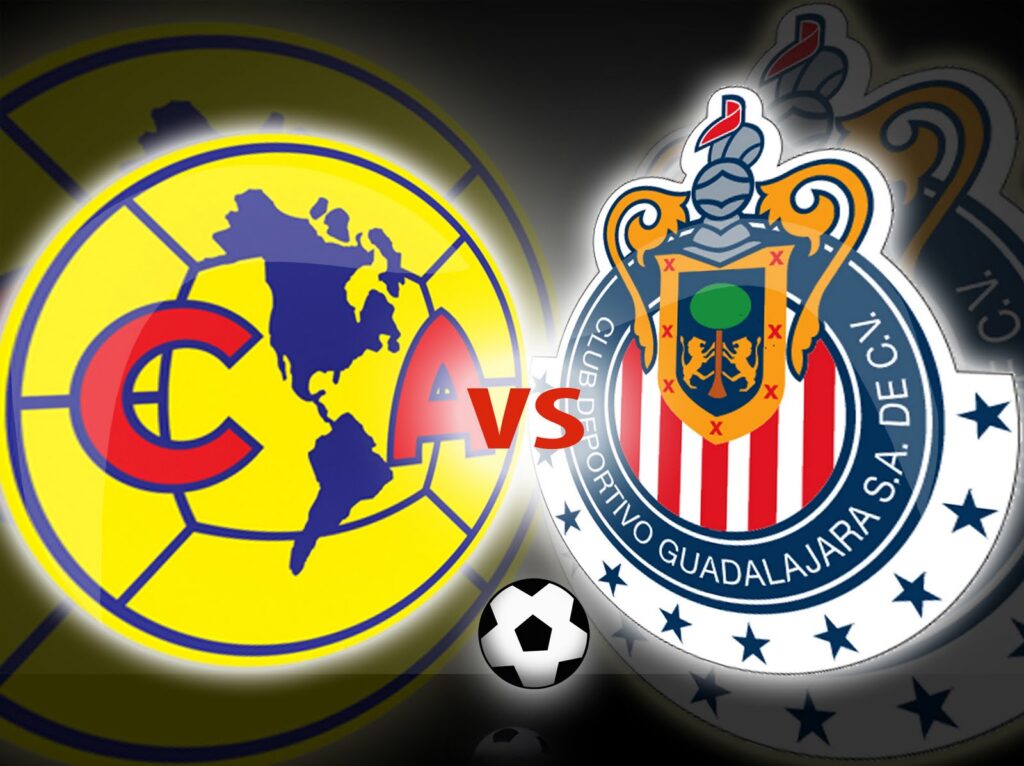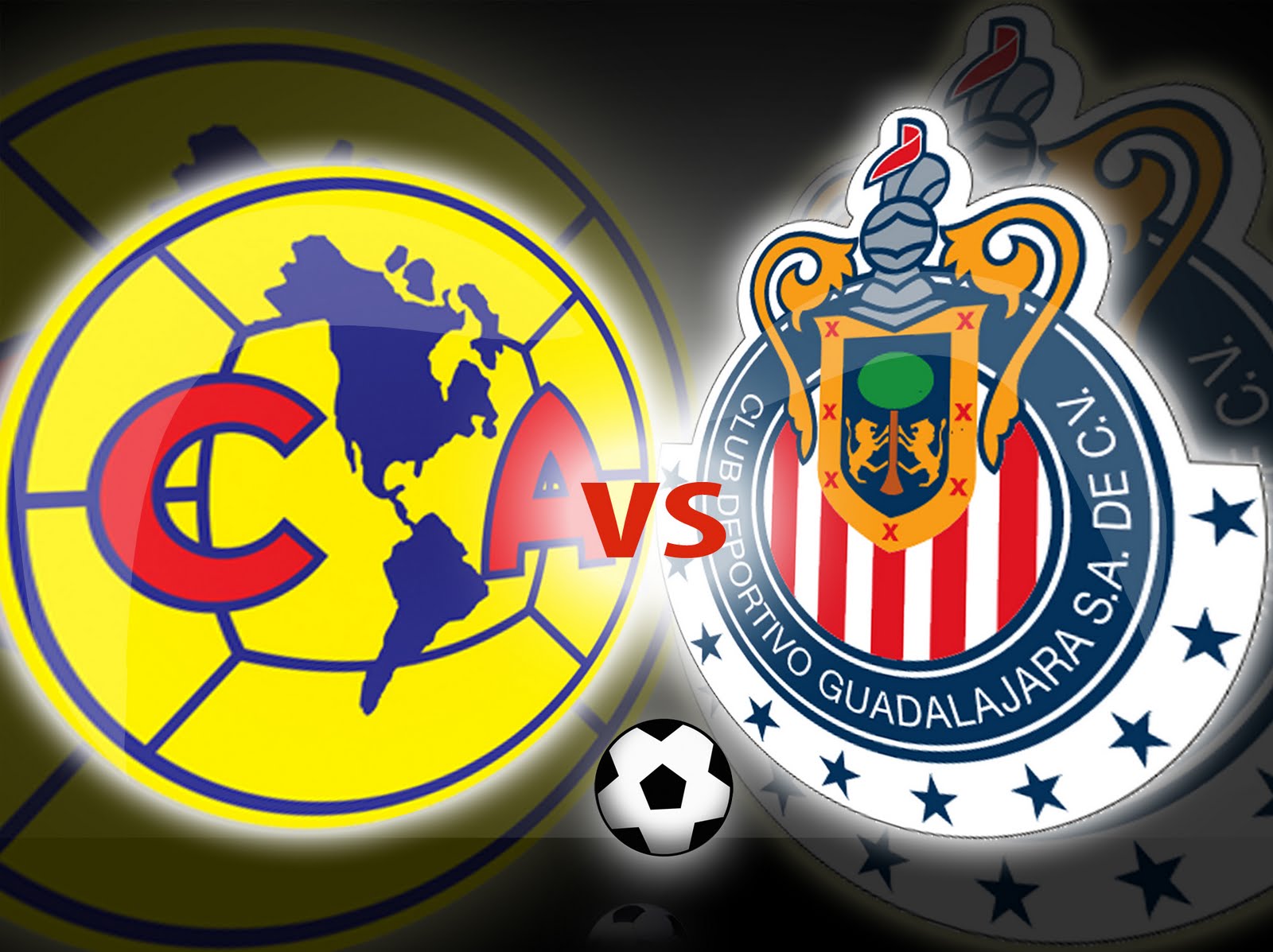
Chivas Guadalajara vs. Chivas USA: A Tale of Two Franchises and a Shared Legacy
The story of Chivas Guadalajara vs. Chivas USA is more than just a soccer rivalry; it’s a complex narrative of cultural identity, sporting ambition, and the challenges of building a brand that resonates across borders. While Chivas Guadalajara boasts a storied history as one of Mexico’s most beloved clubs, Chivas USA aimed to replicate that success in the United States. Understanding the dynamics between these two franchises requires a look at their origins, their successes and failures, and the ultimate fate of Chivas USA.
The Roots of Chivas Guadalajara
Club Deportivo Guadalajara, commonly known as Chivas Guadalajara, was founded in 1906. It quickly became a symbol of Mexican pride, partly due to its unique policy of fielding only Mexican players. This commitment to national talent cemented its place in the hearts of fans and distinguished it from other clubs that relied heavily on foreign imports. Chivas Guadalajara has won numerous Liga MX titles and is known for its passionate fanbase and vibrant stadium atmosphere.
The club’s philosophy extends beyond the field. It emphasizes community involvement and the development of young Mexican talent. This holistic approach has contributed to its enduring popularity and its status as a cultural institution in Mexico. Chivas Guadalajara’s success is not just measured in trophies but also in its impact on Mexican society.
The Birth and Aims of Chivas USA
In 2004, Jorge Vergara, then owner of Chivas Guadalajara, established Chivas USA as a Major League Soccer (MLS) expansion team. The intention was clear: to tap into the large Mexican-American population in the United States, particularly in Southern California, and to replicate the success of its parent club. Chivas USA aimed to bring the same style of play, cultural identity, and community engagement to the American soccer landscape.
The initial vision was ambitious. Chivas USA aimed to be a dominant force in MLS, attracting both Mexican-American fans and a broader audience interested in high-quality soccer. The team played its home games at the Home Depot Center (now Dignity Health Sports Park) in Carson, California, sharing the stadium with the LA Galaxy. The hope was that the rivalry between Chivas USA and the Galaxy would become one of the league’s marquee matchups.
Early Successes and Challenges
Chivas USA experienced some initial success, reaching the MLS Cup Playoffs several times in the mid-2000s. Players like Ante Razov and Maykel Galindo provided moments of brilliance, and the team occasionally drew impressive crowds. However, the club struggled to consistently replicate the winning formula of Chivas Guadalajara. Several factors contributed to these challenges.
- Identity Crisis: While Chivas Guadalajara had a clear and unwavering identity, Chivas USA struggled to define its own. Was it a Mexican team playing in the United States, or an American team with Mexican roots? This ambiguity alienated some fans and made it difficult to build a cohesive brand.
- Player Recruitment: While the intention was to field a team primarily composed of Mexican or Mexican-American players, Chivas USA often struggled to attract top talent. MLS roster rules and salary caps further complicated the process.
- Coaching Instability: The team went through a series of coaching changes, which disrupted team chemistry and made it difficult to implement a consistent playing style.
- Fan Engagement: Despite the large Mexican-American population in Southern California, Chivas USA struggled to consistently fill the stadium. Marketing efforts often failed to resonate with potential fans, and the team’s performance on the field did little to inspire loyalty.
The Downward Spiral
As the years passed, Chivas USA’s fortunes declined. The team became known for its poor performance, off-field controversies, and dwindling attendance. The quality of play deteriorated, and the team became a perennial cellar-dweller in the Western Conference. The dream of replicating Chivas Guadalajara’s success seemed increasingly distant.
One of the major turning points was the lawsuit filed by former coach José Luis Real, who alleged discriminatory practices and a lack of respect for American players. This controversy further damaged the team’s reputation and alienated fans. [See also: MLS Expansion Teams: Successes and Failures]
The relationship between Chivas Guadalajara and Chivas USA also became strained. While the parent club initially provided support and resources, that support waned over time. The two teams seemed increasingly disconnected, and the original vision of a symbiotic relationship faded.
The Demise of Chivas USA
In 2014, MLS announced that it had purchased Chivas USA from Jorge Vergara. The team was dissolved at the end of the season, marking the end of a decade-long experiment. The decision to fold Chivas USA was not taken lightly, but it was deemed necessary to address the team’s ongoing struggles and to pave the way for a more successful franchise in Los Angeles.
MLS Commissioner Don Garber acknowledged that the Chivas USA experiment had failed to meet expectations. He emphasized the league’s commitment to finding a new ownership group and launching a new team that would better represent the diverse communities of Los Angeles. The dissolution of Chivas USA was seen as a necessary step to ensure the long-term health and growth of MLS.
The Legacy and Lessons Learned
While Chivas USA ultimately failed to achieve its goals, its story offers valuable lessons for other teams and leagues seeking to expand into new markets. The importance of building a strong brand identity, engaging with the local community, and fostering a positive team culture cannot be overstated. The challenges faced by Chivas USA highlight the complexities of navigating cultural differences and building a franchise that resonates with diverse audiences.
The story of Chivas Guadalajara vs. Chivas USA serves as a cautionary tale about the challenges of replicating success across borders. While the initial vision was promising, the execution fell short. The failure of Chivas USA underscores the importance of adapting to local conditions and building a unique identity that resonates with fans. [See also: Building a Successful Soccer Franchise: Key Strategies]
In conclusion, the narrative of Chivas Guadalajara vs. Chivas USA is a compelling story of ambition, challenges, and ultimately, the complexities of building a successful sports franchise. While Chivas Guadalajara continues to thrive as a symbol of Mexican pride, Chivas USA’s legacy serves as a reminder of the importance of understanding cultural nuances and building a strong connection with the local community. The tale of Chivas USA is a significant chapter in the history of MLS, offering valuable insights for future expansion efforts.
The Aftermath: LAFC’s Arrival
Following the disbandment of Chivas USA, MLS aimed to create a new team that would genuinely connect with the Los Angeles community. This led to the formation of Los Angeles Football Club (LAFC). LAFC was designed from the ground up to be a team that reflected the diversity and passion of the city. They built a new stadium, recruited a strong roster, and focused on community engagement. LAFC has since become a successful and popular team, demonstrating that a well-planned and community-focused approach can thrive in the Los Angeles market.
The contrast between the trajectories of Chivas USA and LAFC highlights the importance of understanding the local market and building a brand that resonates with fans. While Chivas USA attempted to transplant a successful model from Mexico, LAFC focused on creating a unique identity that reflected the spirit of Los Angeles. This difference in approach ultimately contributed to their vastly different outcomes.
